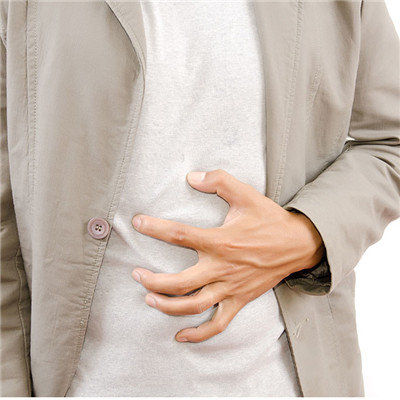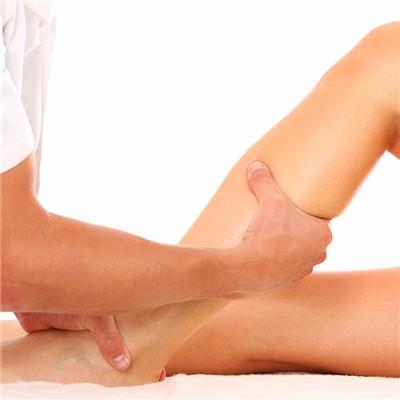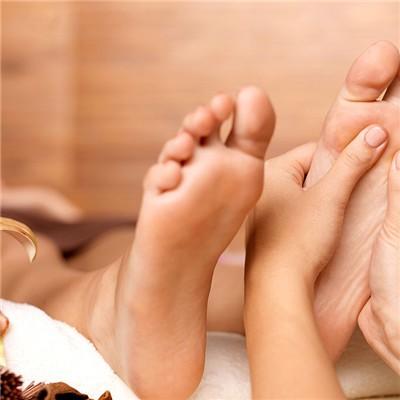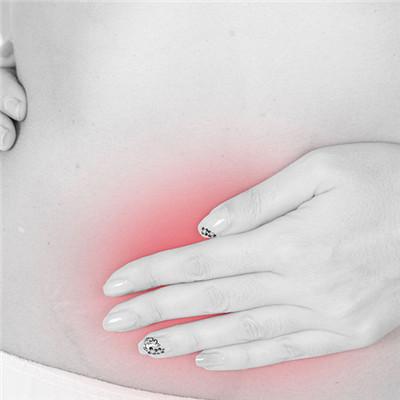Autumn and winter students prone to allergic purpura, easily misdiagnosed?
summary
Henoch Schonlein purpura (HSP) is a kind of allergic disease of capillaries, which belongs to the disease of blood system. It mostly occurs in school-age children. Autumn and winter are the high incidence seasons of HSP. The misdiagnosis rate of Henoch Schonlein purpura is very high, and some children are easily misdiagnosed as skin diseases or digestive system diseases. So what are the basis and methods for the diagnosis of Henoch Schonlein purpura? The diagnosis of Henoch Schonlein purpura depends on syndrome differentiation and method. The diagnosis of Henoch Schonlein purpura mainly from the following four symptoms. Now let's learn about it.
Autumn and winter students prone to allergic purpura, easily misdiagnosed?
First: skin rash: it is more common in both lower limbs and buttocks, presenting symmetrical distribution, appearing in batches, presenting purplish red macular papules at the beginning, and finally Brown subsided.

Second: abdominal pain: generally paroxysmal severe pain, often located in the umbilicus or lower abdomen, some children can have black stool or bloody stool. Children with Henoch Schonlein purpura with abdominal pain as the first symptom should be differentiated from surgical acute abdomen before the appearance of typical rash.
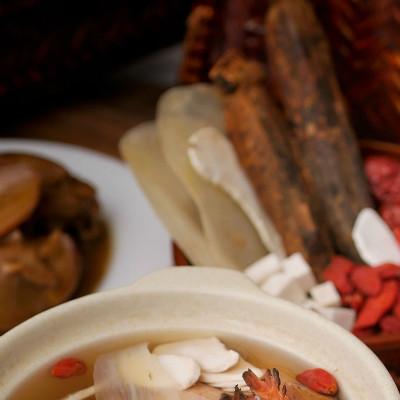
Third: joint symptoms: mainly involving the knee, ankle, elbow, wrist and other large joints, joint swelling and pain with limited activity.

matters needing attention
The incidence rate of allergic purpura is higher than that of girls, and it is concealed and easily misdiagnosed as skin diseases. Most children have history of upper respiratory tract infection before onset. If parents find that the children have skin bleeding and different sizes and purple red spots around their legs and ankles, they will take their children to the hospital for timely treatment.


